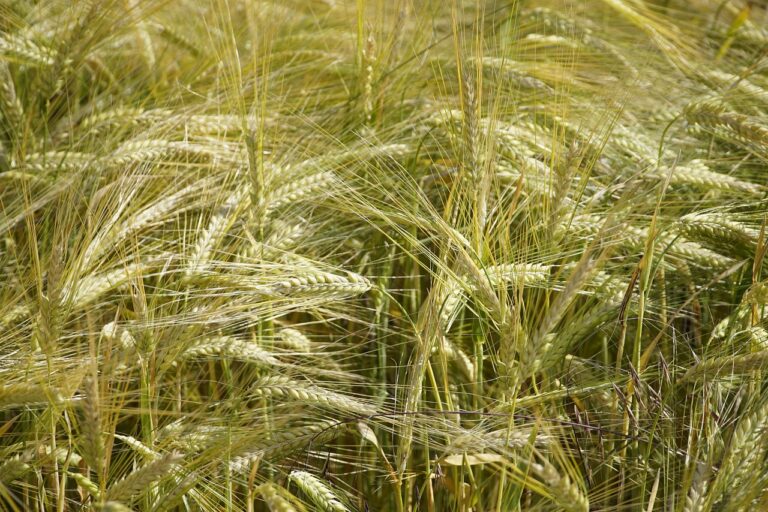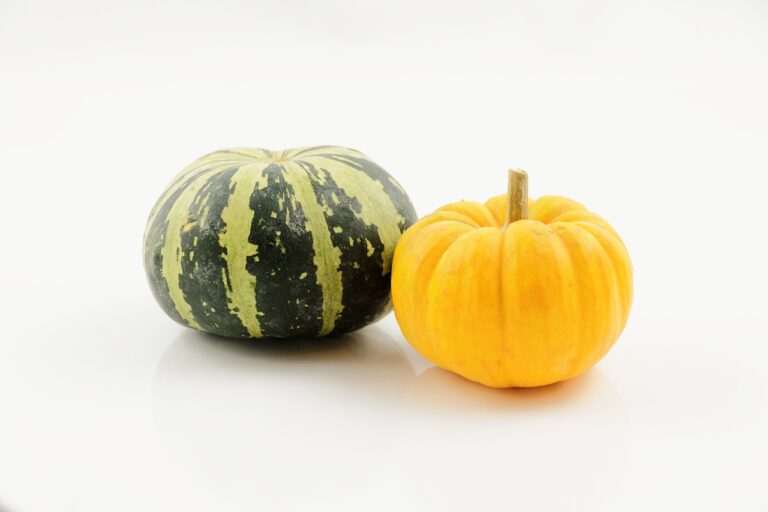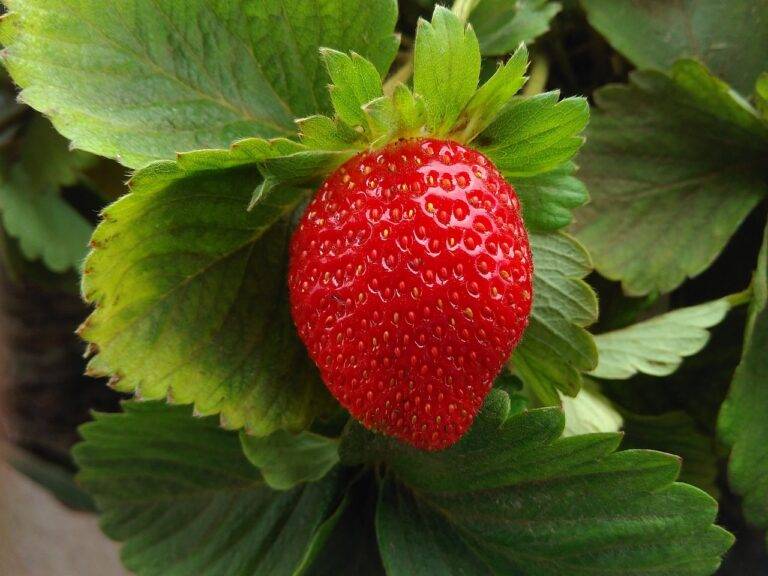Investigating the Health Effects of Food Dyes: Cricket bet99 login, Sky11 login, Reddy anna online book
cricket bet99 login, sky11 login, reddy anna online book: Food dyes are commonly used in many processed foods to enhance their appearance and appeal to consumers. However, there has been growing concern about the potential health effects of these dyes. In this article, we will investigate the research on food dyes and their impact on our health.
The use of food dyes has increased dramatically over the past few decades, with a wide variety of colors being added to everything from candy and soda to cereal and packaged snacks. While these dyes may make food look more attractive, there is evidence to suggest that they may have negative effects on our health.
Studies have linked certain food dyes to a range of health issues, including hyperactivity in children, allergic reactions, and even cancer. The most commonly used food dyes, such as Red 40, Yellow 5, and Blue 1, have been the focus of much of the research on this topic.
One study published in the journal Pediatrics found that children who consumed a mixture of common food dyes experienced significantly more hyperactivity compared to those who consumed a placebo. This has led to calls for stricter regulations on the use of these dyes in food products, particularly those marketed to children.
In addition to hyperactivity, some individuals may also experience allergic reactions to certain food dyes. This can manifest as hives, itching, or even breathing difficulties in severe cases. While food dye allergies are relatively rare, they can be serious and should not be taken lightly.
On a more concerning note, some food dyes have been linked to cancer in animal studies. For example, Red 40, which is widely used in a variety of foods and beverages, has been shown to cause cancer in mice. While more research is needed to determine the potential risk to humans, this is certainly cause for concern.
In light of these findings, many health experts recommend limiting or avoiding the consumption of foods that contain artificial food dyes. Instead, opt for natural alternatives such as beet juice, turmeric, or spirulina, which can provide color without the potential health risks.
It’s also important to be mindful of hidden sources of food dyes, as they can be found in unexpected places such as condiments, salad dressings, and medications. Reading labels carefully and choosing whole, minimally processed foods can help reduce your exposure to these additives.
In conclusion, while food dyes may make our food look more appealing, they may also have negative effects on our health. By being aware of the potential risks and making informed choices about the foods we consume, we can protect our health and well-being.
—
**FAQs**
Q: Are natural food dyes a safer alternative to artificial food dyes?
A: Natural food dyes are generally considered to be a safer alternative to artificial dyes, as they are derived from sources such as plants, fruits, and vegetables. However, it’s important to note that some natural dyes can also cause allergic reactions in sensitive individuals.
Q: How can I tell if a food contains artificial food dyes?
A: Look for ingredients such as Red 40, Yellow 5, Blue 1, and other synthetic colorings on the label. These are indicators that the food contains artificial dyes.
Q: Are there any benefits to consuming foods with artificial food dyes?
A: Artificial food dyes are primarily used for aesthetic purposes and do not provide any nutritional benefits. It’s best to choose foods with natural colors to avoid potential health risks associated with artificial dyes.







